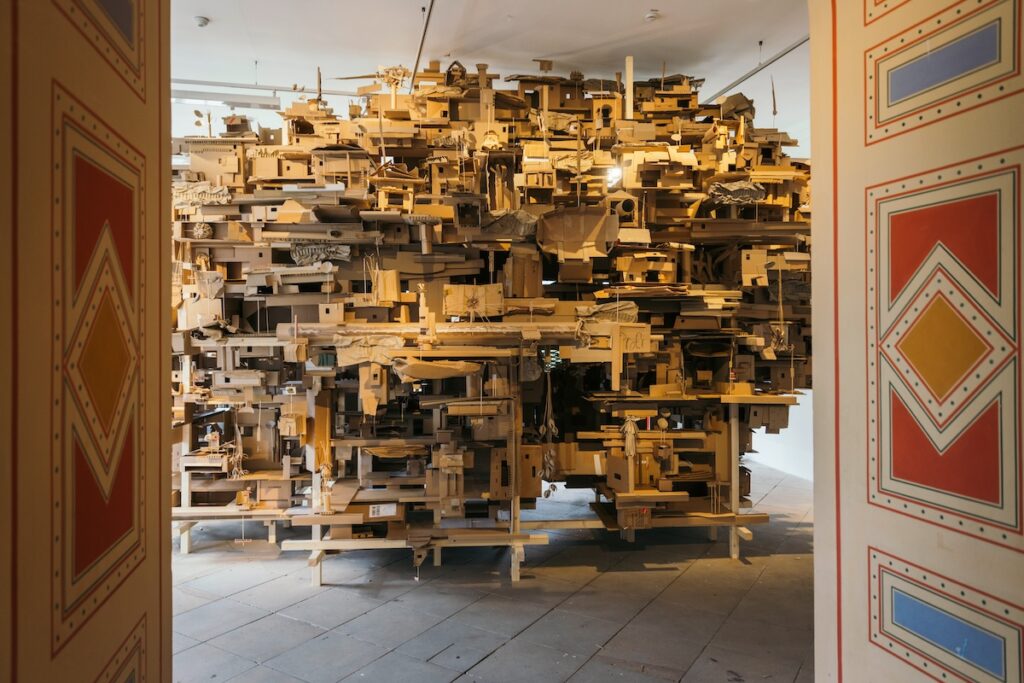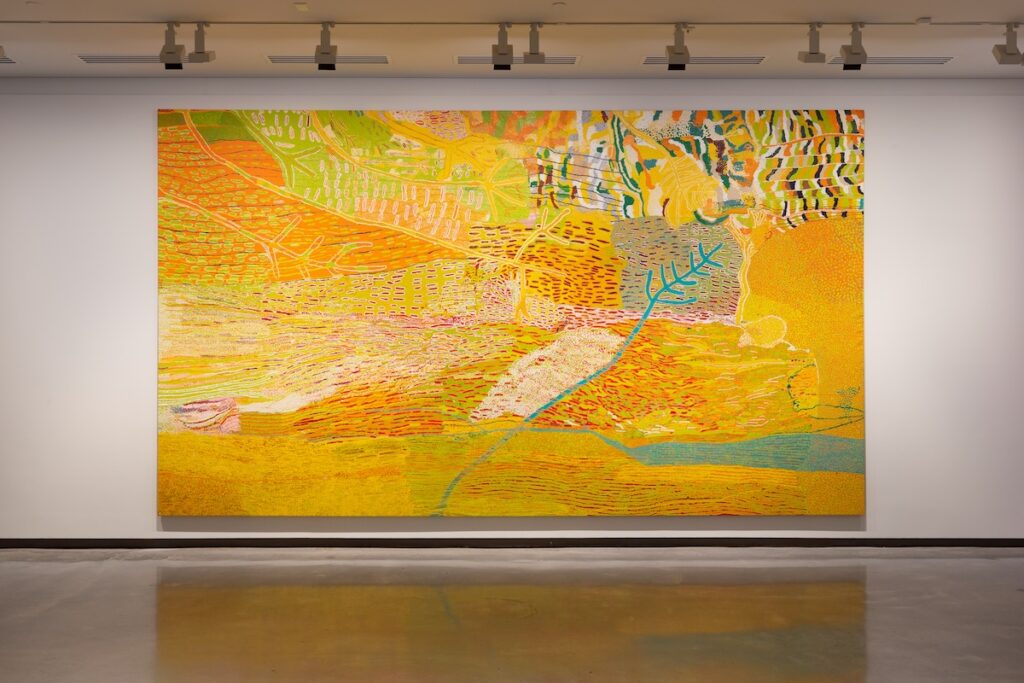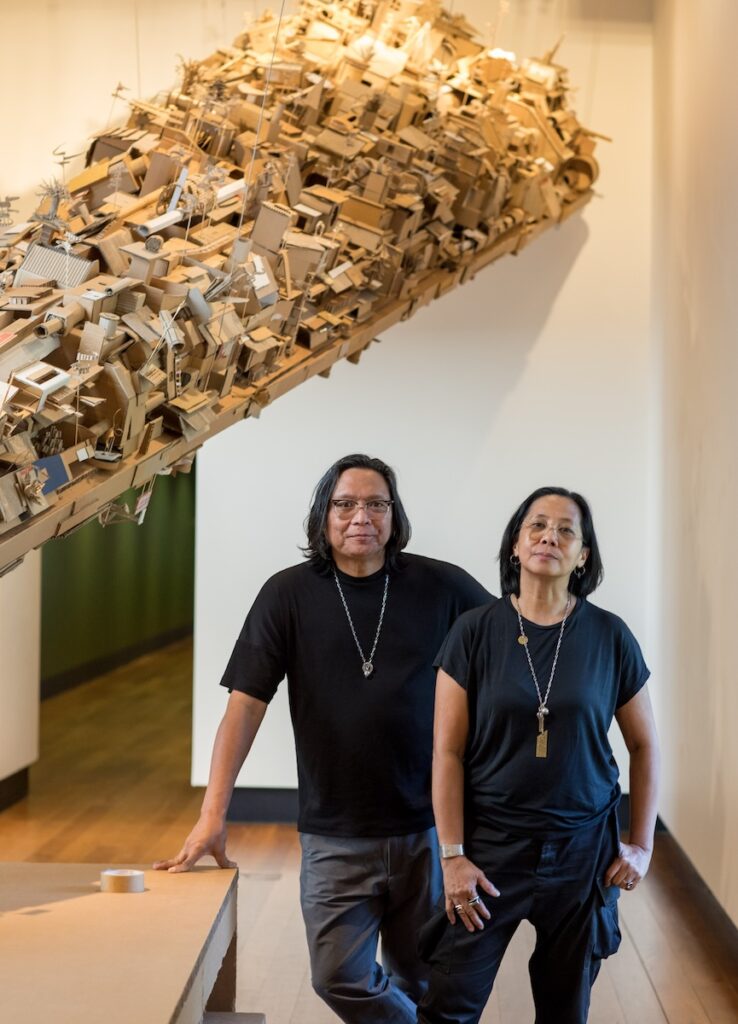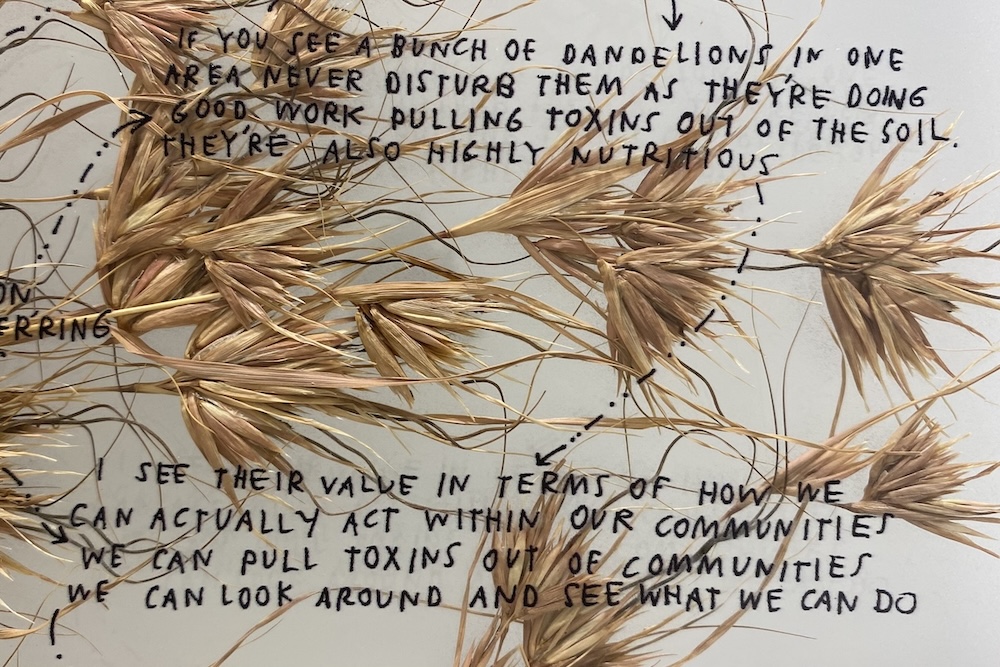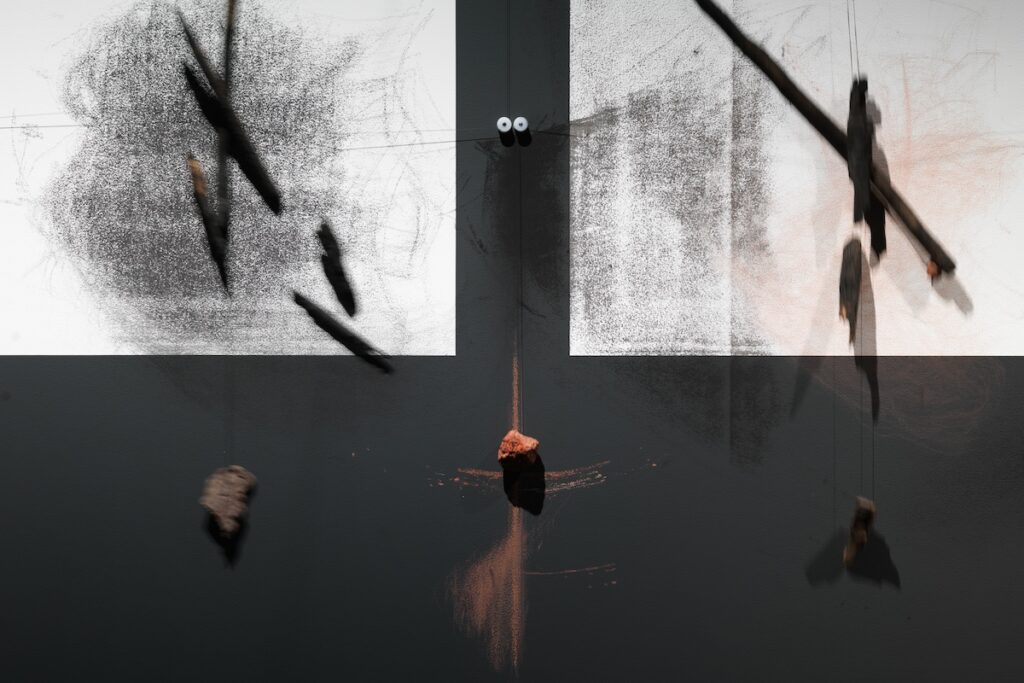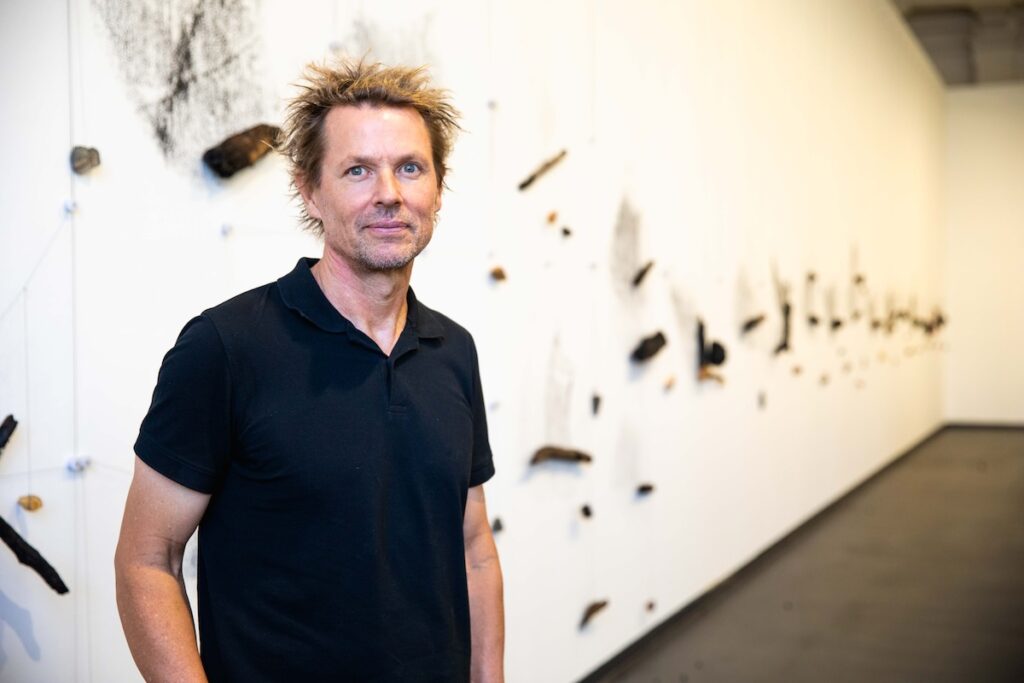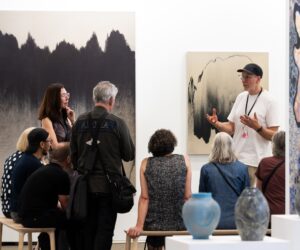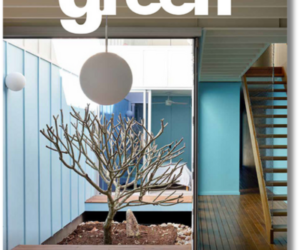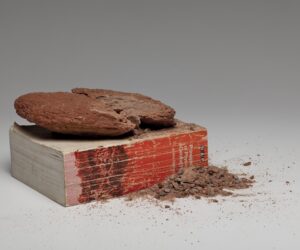Thinking Together at Bundanon: New Commissions Examine Humans & the Natural World
Bundanon has announced the first exhibition in its 2025 program, Thinking together: Exchanges with the natural world, which will present major commissions by contemporary artists Robert Andrew, Isabel and Alfredo Aquilizan and Keg de Souza, presented alongside intricate paintings by the Martu communities of central Western Australia, and video works by Sorawit Songsataya and Tina Stefanou, from 1 March – 8 June 2025.
Thinking together: Exchanges with the natural world explores themes of reciprocity and collaboration between the human and non-human. Each work responds to notions of community, and considers the possibility that new knowledge can only be created through a process of thinking together, via communal making, cooperation between the species and embodying First Nations practices of knowledge sharing. A central pillar of this approach is presented in the large-scale collaborative paintings of the Martu communities of central Western Australia, reflecting long histories of creating together that strengthens culture and grounds knowledge in place. These works reflect a complex web of relationships, linking environmental and ritual knowledge, geographic information and ancestral stories, whilst also building strong connections between the artists who come together to paint.
Filipino-born artists Isabel and Alfredo Aquilizan are renowned for their collaborative practice spanning more than 20 years. Drawing from personal experiences of global human movement, their highly detailed installations and sculptures use everyday materials to explore ideas of identity, migration and displacement.
For Thinking together, the Aquilizans will work closely with visitors, schools and local community members to create a major accumulative sculpture and drawing installation exploring the tree as a symbol of habitat and home. In a collaboration with Bundanon, the artists have designed an inclusive and interactive experience, where visitors can contribute to the evolving sculptural installation. The Shoalhaven landscape made a strong impression upon the artists when they undertook their site visit to Bundanon – as it did upon Arthur and Yvonne Boyd when they visited in the late 1970s – and this new commission reflects an impulse to honour the natural world that is shared. The Aquilizans often address global issues of land clearing and overpopulation, suggesting audiences imagine a different world – one that deeply aligns with the Boyd vision for environmental preservation and regeneration.
Interdisciplinary artist Keg de Souza’s work explores the ways in which plants can teach humans, often sharing lesser-known histories of plants, people and places. Working with ecologists and the onsite natural resources team, the artist explores the world of mycelium and fungi that thrive at Bundanon, engaging with the expansive knowledge-sharing that fungal networks provide other species. De Souza creates a new multi-part installation that entails a range of human design systems overlaying those from the natural world, including audio biofeedback, historical scientific display designs and mind-mapping as a methodology for capturing human thought. Drawing on the living landscapes of Bundanon, this new work reflects the powerful connectivity and reciprocity that underpins the natural world, from which humans might learn.
Robert Andrew, a descendant of the Yawuru people, creates kinetic installations often combining programmable machinery with natural materials – ochres, rocks and soil – to make visible the spiritual, cultural, physical, and historical relationships between the land, waters, sky, and all living things. For Thinking together, Andrew will work onsite to create a meditative work using moving images, capturing the natural contours and pathways of the Shoalhaven landscape and the river, Bangli. Slowly building a cumulative wall drawing as its mechanism gently sweeps back and forth across the length of the wall, this large-scale installation will gain intensity over time, reflecting the incremental ways in which knowledge of Country is gathered and understood.
The Martu people are the traditional custodians of vast areas of the Great Sandy, Little Sandy and Gibson Deserts in Western Australia. Their large-scale collaborative paintings are manifestations of ancient and powerful connections to Country and represent a symbiotic link to the natural world that has been continuous for many thousands of years. These impressive works play an integral educational role in sharing experiences and passing on knowledge and culture to younger generations. Two major collaborative paintings drawn from the collections of the Museum of Contemporary Art and the National Museum of Australia, by Martu artists including Ngamaru Bidu, J. Biljabu (dec.), Bowja Patricia Butt, Kumpaya Girgirba, Noelene Girgirba, N. Taylor (dec.), Ngalangka Nola Taylor, Muuki Taylor, W. Taylor (dec.), Thelma Judson and Jane Girgirba.
Thai-New Zealand artist Sorawit Songsataya’s Comfort Zone, 2021, focuses on the kōtuku (the Eastern great egret) and their nesting grounds in Aotearoa New Zealand. A bird that migrates between Thailand and other tropical regions, they are an endangered species in Aotearoa, with these two islands marking the limit of their geographic and climatic range. The work weaves together footage of the nesting bird with images and animations exploring the connections between the human, non-human and celestial.
Tina Stefanou’s Horse Power, 2019, similarly explores multi-species interactions and experiences of co-creation, labour and the passing of time. The artist visited rescued horses at a farm over the course of several years, walking and feeding them, but also singing to them. Responding to her voice, the elderly horses became a part of her life for almost a decade, collaborating with her in this work to co-compose a cinematic and sonic performance.
“Thinking together is an exhibition that encourages audiences to reflect on our connections to the natural world and all that we can learn from it,” says Head of Curatorial and Learning at Bundanon, Sophie O’Brien.
“These commissions naturally arise out of the Bundanon landscape itself, based on the site visit each artist has made. The artists each have a practice that engages deeply with collaborative research, communal making or community building, alongside a desire to affect social change and to protect – and connect to – the natural environment around us.”
To mark the opening of this new exhibition season, Bundanon will present a full weekend of community celebrations on Saturday 8 & Sunday 9 March 2025 featuring workshops, artist talks, live music and performance with details to be announced.
More information: bundanon.com.au
